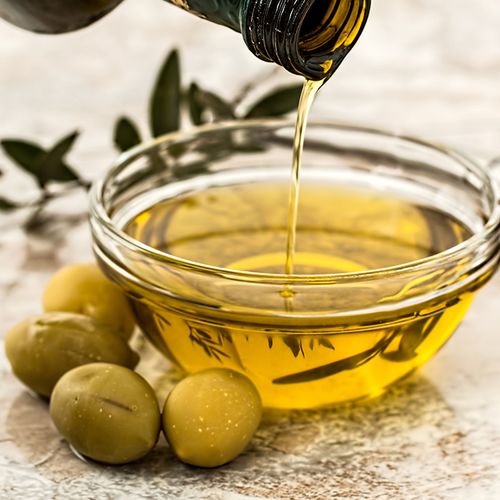Castor oil, which looks and smells like gooey glycerin, is an oily extract that comes from the Ricinus communis plant native to India and Africa. In days of yore, parents routinely dosed girls and boys with a teaspoon or two in order to prevent constipation. It also was thought to cure headaches. Today, internal use is considered unwise because of its strong, often irritating laxative effect...but external application of a castor oil "pack"-meaning a cloth soaked in the oil can help in all sorts of ways.
The Wonder Cure?
According to Andrew L. Rubman, ND, castor oil packs mold comfortably to the body...stay warm much longer than hot water...and deeply and gently stimulate circulation, removing inflammation from underlying organs and tissues (eg, the liver, intestines, tendons, ligaments) You can buy castor oil packs inexpensively at most drugstores, or you can make your own (see below).
Dr. Rubman describes his favorite uses for castor oil…
- Soothing arthritis pain. To relieve that ache in your knee or hip, apply a castor oil pack that is roughly the same temperature as a hot bath (105°F). Put the pack directly on the area that hurts, cover with a plastic wrap us some sort a ziplock bag is a good choice) and then cover that with a hot water bottle or electric heating pad to maintain the temperature. Leave it in place for about 20 to 30 minutes. Repeat every few hours or so. For long-standing conditions, it may be more practical to do this once a day and leave the pack in place for the better part of an hour, Dr. Rubman said.
- Reducing swelling and inflammation. A castor oil pack is helpful in soothing a muscle strain or a bruise.
- Relieving congestion. If you have a nagging cold, cough or bronchitis, place the castor oil pack on your chest for quick relief.
- Making a boil disappear. Before you schedule an appointment to have your doctor lance a boil, try using a castor oil pack, which will encourage the boil to open and drain. For this purpose, make a smaller pack...make it a bit hotter...and use for shorter periods of time, Dr. Rubman suggests.
If you'd like to make your own castor oil pack, buy castor oil (available at pharmacies) and follow these simple instructions from Dr. Rubman…
- Pour enough castor oil to cover the cloth you are going to use (such as a clean washcloth) into a pan, ovenproof or microwavable bowl and heat on the stove, in the oven or microwave to hot bathwater temperature (about 105°F). Take care to not leave it in too long or it will get too hot and you may get burned when you remove it.
- Soak the cloth in the warm castor oil until it is saturated.
- Wipe excess oil off the cloth (so it's not dripping) and place the cloth on the affected area of your body...cover the cloth with a sheet of plastic wrap.. and cover that with a heating pad or hot water bottle to keep it warm. As explained above, leave on for 20 to 30 minutes twice a day-or, for chronic conditions, up to an hour, once a day. Rest during this time.
- When you are finished using the pack, wring as much oil as you can out of the cloth and cover it in plastic, such as by placing it into a resealable plastic bag, until its next use.
Castor Oil Packs—Making Them Last
Between uses, store castor oil packs in the refrigerator. When reusing, refresh the packs with additional oil as needed. Dispose of them after about 10 (commercial packs) to 20 (homemade ones) applications. The homemade packs tend to retain the embedded oil longer, Dr. Rubman said, adding they should be discarded when they no longer feel sticky.
Hot tip: Dr. Rubman says that you can intensify the effectiveness of a castor oil pack by sprinkling a teaspoon of cayenne (hot pepper) powder onto the pack (after you've heated it) on the same side you apply to your skin. He explained that the capsaicin in the hot pepper is a pain reliever that increases the stimulating effect on circulation. (Wash your hands with soap and water afterward-you don't want to get this stuff in your eyes or, frankly, on any other sensitive place, such as on mucous membranes!)
Dr. Rubman had another bit of practical advice-he said that castor oil has a tacky, gluelike texture and that handling it can be a messy business. So make sure when you are using the pack that plastic covers it completely-to avoid staining clothing, bedding or upholstery with castor oil.
